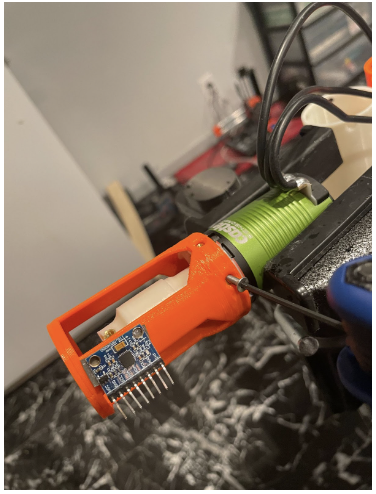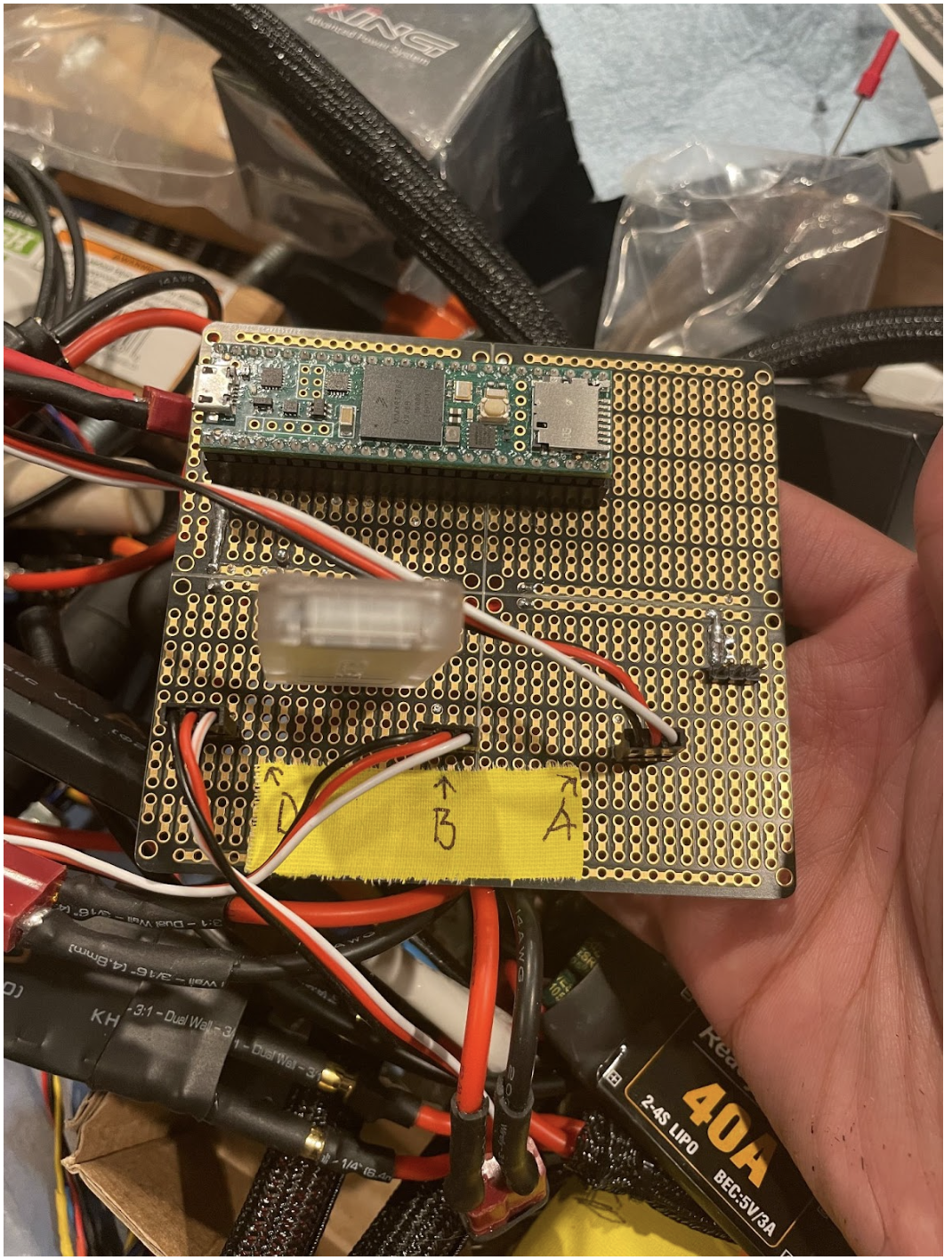Non-invasive device to fight terminal brain cancer
When the promising research about the oncomagnetic helmet from Houston Methodist emerged, it gave hope to countless families battling the cruel realities of aggressive primary malignant brain tumors. Among them was my family.
This wasn’t just any experimental device; its success stories were astonishing. One patient, Stephany Gonzalez, diagnosed with a rare adult-onset case of DIPG, saw her tumor size reduced by nearly 100% in a matter of months. This was a particularly aggressive tumor type unresponsive to traditional treatments like chemotherapy and radiation. The article further detailed instances where the device managed to reduce tumor volumes by 30%-60% in end-stage glioblastoma patients, showcasing unprecedented success rates, especially for deadly cancers like GBM4 (Glioblastoma Multiforme 4) and DIPG. In fact, we were in contact with a few of them.
Inspired by the “oncomagnetic helmet” which employs oscillating magnetic fields to target and destroy brain cancer cells non-invasively, my brother and I embarked on an ambitious project. We were able to find the research papers for the device (luckily). So we aimed to replicate this revolutionary medical device, diving deep into the available research papers and gleaning every ounce of technical detail.
(Link below for the complete, 45+ page guide on how to build the device)

Initial Design Challenges
Our journey was far from smooth. The mechanics of the device posed the first and perhaps most formidable challenge. The initial design we crafted using Fusion360 was plagued with alignment issues, resulting in a motor that vibrated excessively. Our goal was to reach a rotational speed of 18,000 RPM, but we struggled to achieve even a third of that due to the intense vibrations.
Solutions to Vibration Issue
We explored several strategies to tackle the vibration issue. Our first attempt was integrating pillow bearings to stabilize the shaft. While this did help to some extent, it wasn’t a complete solution. A redesigned model on Fusion360 brought improvements, but perfection eluded us.
It was then that we stumbled upon the concept of balancing. An online tool guided us through a meticulous process: it involved placing weights around different slots, measuring the wobble factor, and adjusting accordingly. Initially, we measured the vibration using a dial indicator. However, for higher precision at greater speeds, we transitioned to an accelerometer (MPU). This allowed us to calculate vibration magnitude in all three dimensions, granting a more accurate vibration profile. By iterating on the placement of weights, which included washers and shims, we considerably reduced the motor’s vibrations. In fact, we were able to break past 18K RPM (300Hz+). Which was astonishing for us as we thought we had no chance other than to consult professional balancing tools for motors.

Safety and User Interface
For safety, all enclosures for the device were 3D printed. The magnet, integral to the cancer cell targeting mechanism, was housed in a bespoke enclosure and connected to the motor shaft using brass inserts and a set screw. Another protective layer surrounded the motor to ensure that during operation, there’s no risk of the magnet disengaging.
Incorporating a Bluetooth module with the Arduino circuit, we built a user-friendly website interface. This allowed remote adjustment of the motor speed and other device parameters, enhancing its usability.


The Collective Endeavor
Building three oscillators, each equipped with three powerful 1” N52 neodymium magnets, was no small feat. But the dedication to helping our father motivated us through the hurdles. Regrettably, while the device was ready for use for a couple of months, our father’s condition had advanced too much, and he succumbed to his illness.
Yet, hope persists. Our journey, documented in real-time, became a beacon for a global community of over 15 individuals, all connected via a Slack group chat. Sharing experiences, troubleshooting challenges, and offering support, this group transformed our personal project into a collective endeavor. Our device now rests with another family from this group, carrying our hopes for their loved one’s recovery.
Here are some links to some resources, including the guide to build this device: